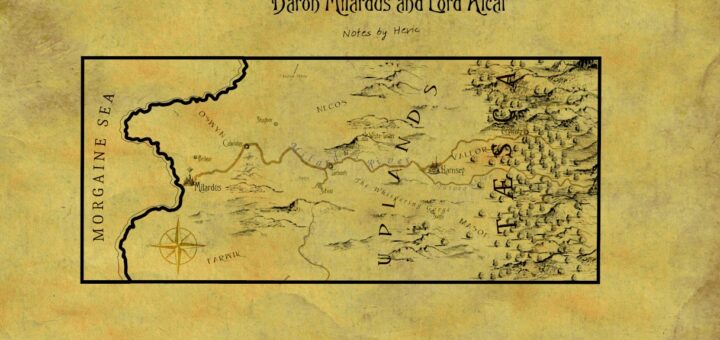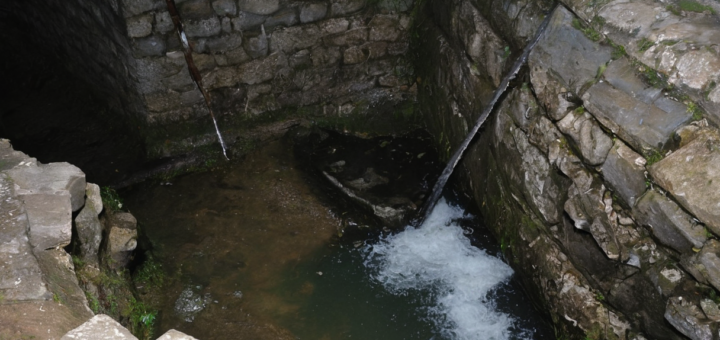The Glyphs 5 – Saerk! That’s a Lot of Gánc
The Glyphs is a multiple-choice game where you control the fate (and demise) of a gong farmer, as they explore the sewers beneath the Ancient City. Just choose an option from the poll below, and the most popular option will decide what happens next. I’ll put out one of these every week.










